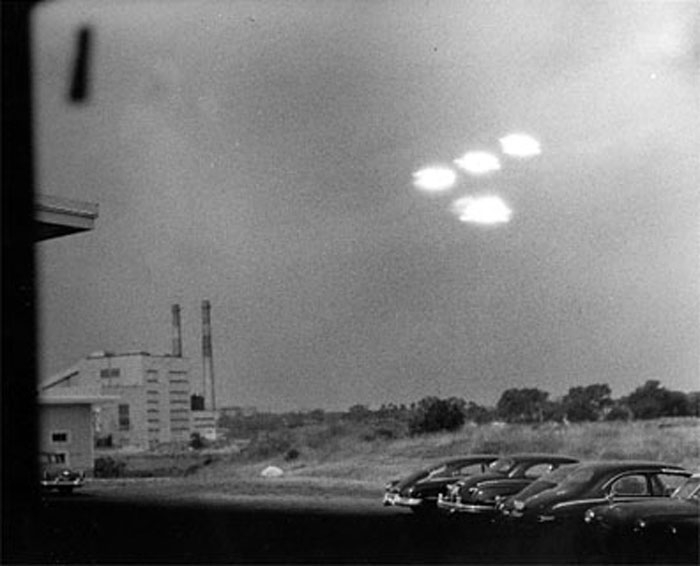This year sees the 30th anniversary of the original "flying saucer" sighting. Where does the UFO field stand after a generation of research?
On , Kenneth Arnold , a 32-year old
businessman piloting a private aircraft, saw what he described as a chain of nine "saucer-like" objects flying from
north to south near Mt Rainier in Washington State. The press eagerly coined the name
flying saucers for these objects; although no one realised it at the time, this emotive label was to kindle a new
mythology. Arnold's report was followed by a flood of other flying saucer sightings that continues unabated to this
day. Do these reports, in the words of astronomer J. Allen Hynek
, a 32-year old
businessman piloting a private aircraft, saw what he described as a chain of nine "saucer-like" objects flying from
north to south near Mt Rainier in Washington State. The press eagerly coined the name
flying saucers for these objects; although no one realised it at the time, this emotive label was to kindle a new
mythology. Arnold's report was followed by a flood of other flying saucer sightings that continues unabated to this
day. Do these reports, in the words of astronomer J. Allen Hynek ,
point to
,
point to an aspect or domain of the natural world not yet explored by science
? Or are UFOs, as in the opinion
of the late Donald Menzel ,
, the greatest nonsense of the 20th
century
?
Under pressure to explain the apparent invasion of domestic airspace, the perplexed US Air Force set up a series of investigations, the first of which, known as Project Sign, was initiated in . Project Grudge followed in , and in began the famous Project Blue Book, which was closed in . The Air Force also contracted the private Rand Corporation for an independent study of the saucer phenomenon.
All these investigations reached essentially the same conclusion: that the so-called saucers presented no threat to national security, that the reports were most probably misinterpretations or fabrications, and that there was no evidence that saucers were extraterrestrial vehicles.
These conclusions did not satisfy committed saucer watchers such as UFO writer Donald Edward Keyhoe, who claimed in the 1950s and 1960s that the Air Force was not telling all it knew. But the official documents, now declassified, reveal that the Air Force knew no more than anyone else. A declassified CIA document of the same period, the Robertson Panel report of , yields no further support for the once-popular "cover-up" theory.
A high-flyer dies

The Air Force explained the Kenneth Arnold sighting as mirages due to a temperature inversion. Arnold reported that the air at his flying height of 2896 m was clear and still—characteristic of such an inversion. The Air Force files
also pointed out inconsistencies in Arnold
sighting as mirages due to a temperature inversion. Arnold reported that the air at his flying height of 2896 m was clear and still—characteristic of such an inversion. The Air Force files
also pointed out inconsistencies in Arnold 's estimates of the
probable sizes and distances of the objects, indicating that they were probably much closer to him and slower-moving
than he proposed.
's estimates of the
probable sizes and distances of the objects, indicating that they were probably much closer to him and slower-moving
than he proposed.
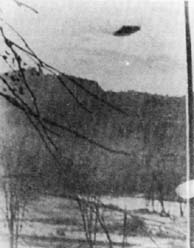
An altogether more spectacular case the year following Arnold 's
sighting sparked off a new sensationalist line: UFOs are hostile. On , Air Force captain Thomas Mantell
was killed while climbing to intercept a hight flying UFO
's
sighting sparked off a new sensationalist line: UFOs are hostile. On , Air Force captain Thomas Mantell
was killed while climbing to intercept a hight flying UFO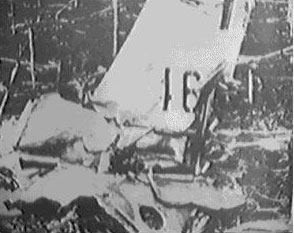 reported by ground control at Godman Field, Kentucky.
The position of the reported UFO fits that of the planet Venus, but a Navy Skyhook balloon released that morning was
also in the area. These balloons fly at altitudes of 18288 m or more, well above the operating height of Mantell's plane, which had no oxygen equipment. The Air Force
conclusion was that Mantell had blacked out from oxygen starvation during his climb, and the uncontrolled aircraft
had spiralled into the ground.
reported by ground control at Godman Field, Kentucky.
The position of the reported UFO fits that of the planet Venus, but a Navy Skyhook balloon released that morning was
also in the area. These balloons fly at altitudes of 18288 m or more, well above the operating height of Mantell's plane, which had no oxygen equipment. The Air Force
conclusion was that Mantell had blacked out from oxygen starvation during his climb, and the uncontrolled aircraft
had spiralled into the ground.
This was where the CIA entered the UFO field in earnest, because it was they who were developing the Skyhook programme for photoreconnaissance of the Soviet Union. They were both embarrassed that their secret should get out, and they were also worried that some UFO cases might actually be sightings of similar Soviet balloons sent to spy on the United States.
The classic cases demolished
In the 1950s the flying saucer field's own excesses brought it into ridicule, notably with the tall tales of
so-called contactees such as fraudster George Adamski , who claimed he had ridden in
extraterrestrial spacecraft. Adamski and his ilk gave scientists ammunition to deride the flying saucer freaks.
, who claimed he had ridden in
extraterrestrial spacecraft. Adamski and his ilk gave scientists ammunition to deride the flying saucer freaks.
The ailing field of saucerdom received a much-needed revival with the birth of the space age: first the launch of Sputnik 1 in , and then Yuri Gagarin's flight in . Here was stunning support for the idea that other beings might be travelling the Galaxy in spaceships.
What's more, over the past decade the idea of extraterrestrial life has become scientifically respectable (see New Scientist, vol. 74, p. 326), so that it seems to be uninitiated that the final seal of approval has now been set on UFOlogy by those who once derided it.
In reality, though, the tide has begun to turn. The movement of scientists into the field of extraterrestrial life has led to far more rigorous examination of UFO events—with the result that many of the most cherished cases are now crashing to the ground. A sign of the times is that leading saucer magazines such as the outstanding American Official UFO feel compelled to run exposé articles on famous cases such as the so-called Interrupted Journey, on which Betty and Barney Hill claimed to have been abducted by aliens. The truth of the matter, revealed by investigator Robert Sheaffer, is that much of the detail of the story was imaginative gloss added after the original UFO sighting which, from Betty Hill's description, was nothing more than a misidentification of the planet Jupiter near the Moon.
Most of the classic cases of UFOlogy have been disposed of by technical
journalist Philip Julian Klass of Aviation Week and Space
Technology magazine, notably in his book UFOs Explained (Random House 1974 and Vintage Books 1976).
Under Klass's painstaking investigation, events such as the famous
Socorro, New Mexico, landing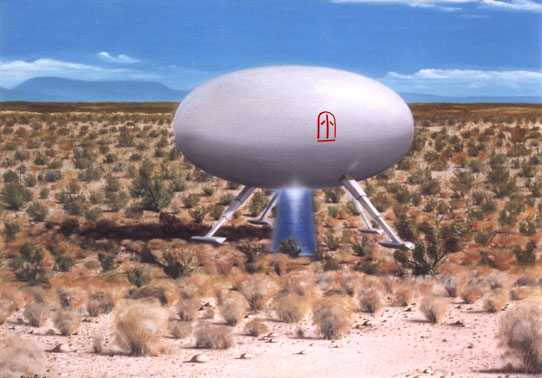 of wither
to nothing more than a publicity stunt by the local mayor who, by strange chance, owns the historic piece of land on
which the reputed UFO impressed its footpads.
of wither
to nothing more than a publicity stunt by the local mayor who, by strange chance, owns the historic piece of land on
which the reputed UFO impressed its footpads.
No more reliable is the case of two shipyard workers at
Pascagoula, Mississipi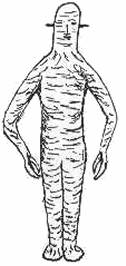 , who claimed in to have been
abducted by UFO occupants with lobsterlike
claws while fishing only a few hundred yards from the busy US highway 90.
Philip Julian Klass found that a
lie-detector test, the only
independent support for their fantastic story, was administered by an unqualified operator under uncontrolled
conditions.
, who claimed in to have been
abducted by UFO occupants with lobsterlike
claws while fishing only a few hundred yards from the busy US highway 90.
Philip Julian Klass found that a
lie-detector test, the only
independent support for their fantastic story, was administered by an unqualified operator under uncontrolled
conditions.
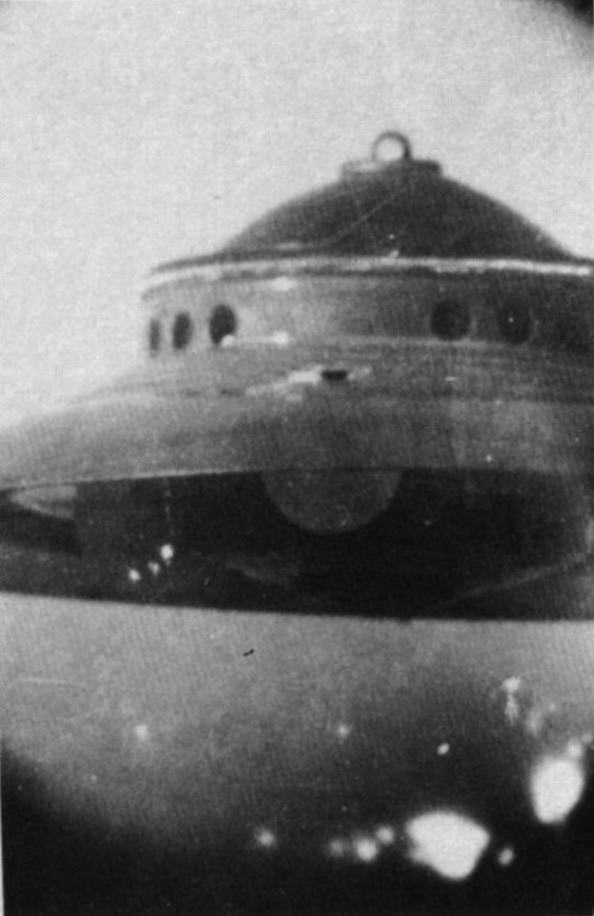
Similar large question marks can be raised against other "classic" cases of UFOlogy. So where does this leave us? That UFOs exist, in the sense that people see things in the sky which they cannot explain, is incontrovertible. UFO researchers are agreed that at least 90 per cent of these sightings are straightforward misidentifications of natural or man-made objects. The most frequent offenders are aircraft, satellites, meteors, and even bright stars and planets.
UFOlogists have always argued that there remains a fractional residue of apparently baffling cases that represents the true signal among the noise of erroneous sightings. But from the above examples it now seems that, with the dedicated investigation by modern researchers, even this previously baffling residue of cases is soluble. This should not be surprising since the scientific assessment of extraterrestrial life implies that not one of the hundreds of thousands of UFO reports on file throughout the world represents an extraterrestrial visitation.
Too many UFOs
The crucial but overlooked point is that there are simply too many UFOs being seen to support the extraterrestrial hypothesis. Imagine, for a moment, that there are one million other civilizations in the Galaxy, all sending out starships. Since there must be something like 10 billion interesting places to visit (one tenth of all stars in the Galaxy), then each civilization must launch 10000 spaceships annually for only one to reach here every year. If each civilization launches the more reasonable number of one starship annually, then we would expect to be visited once every 10000 years. Alternatively, the higher number of reported UFOs might be taken as indicating that we are something special. If so, then life cannot be a very common phenomenon in the Galaxy—and thus there would be fewer civilizations to send out starships, and we would expect a smaller number of UFOs.
An increasingly popular theory is that UFOs are not spacecraft from other worlds but visitors from another dimension—perhaps time travellers. But changing the theory does not change the lack of factual evidence.
Despite 30 years of study, the field of UFOlogy has failed to produce one concrete example of alien
visitation, from any dimension. Most scientists would draw their own conclusion from such an abject lack of results,
but they do not have the indefatigable optimism of committed UFOlogists for whom the Perfect Case, like the Second
Coming, is an article of faith. This point was emphasised at the first International UFOlogy Congress in Acapulco
during April, where researcher Salvador Freixedo said: Religion and UFO phenomena have much in common.
The
basic appeal of UFOlogy for the masses is that it is a belief system, rather than a field of scientific
investigation.
Should that first extraterrestrial visitation arrive in the near future, the True Believer will collect on some large bets. Among others, a lady named Ruth Norman from El Cajon, California, who claims to have been in touch with extraterrestrials, has wagered a total of several thousand pounds with Ladbroke's bookmakers that a landing is imminent. The National Enquirer newspaper has upped its reward for proof that UFOs come from outer space and are not natural phenomena from $100000 to 1 million $. And UFO skeptic Philip Julian Klass stands to pay out on several $10000 dollar bets, as well as refund the purchase price of his UFO-debunking books to disgruntled readers.
The fact that none of these bets has been collected tells its own story. The bets plae the onus where it belongs. After a generation of flying saucer stories with no conclusive result, the burden of proof remains squarely on the UFOlogists.
